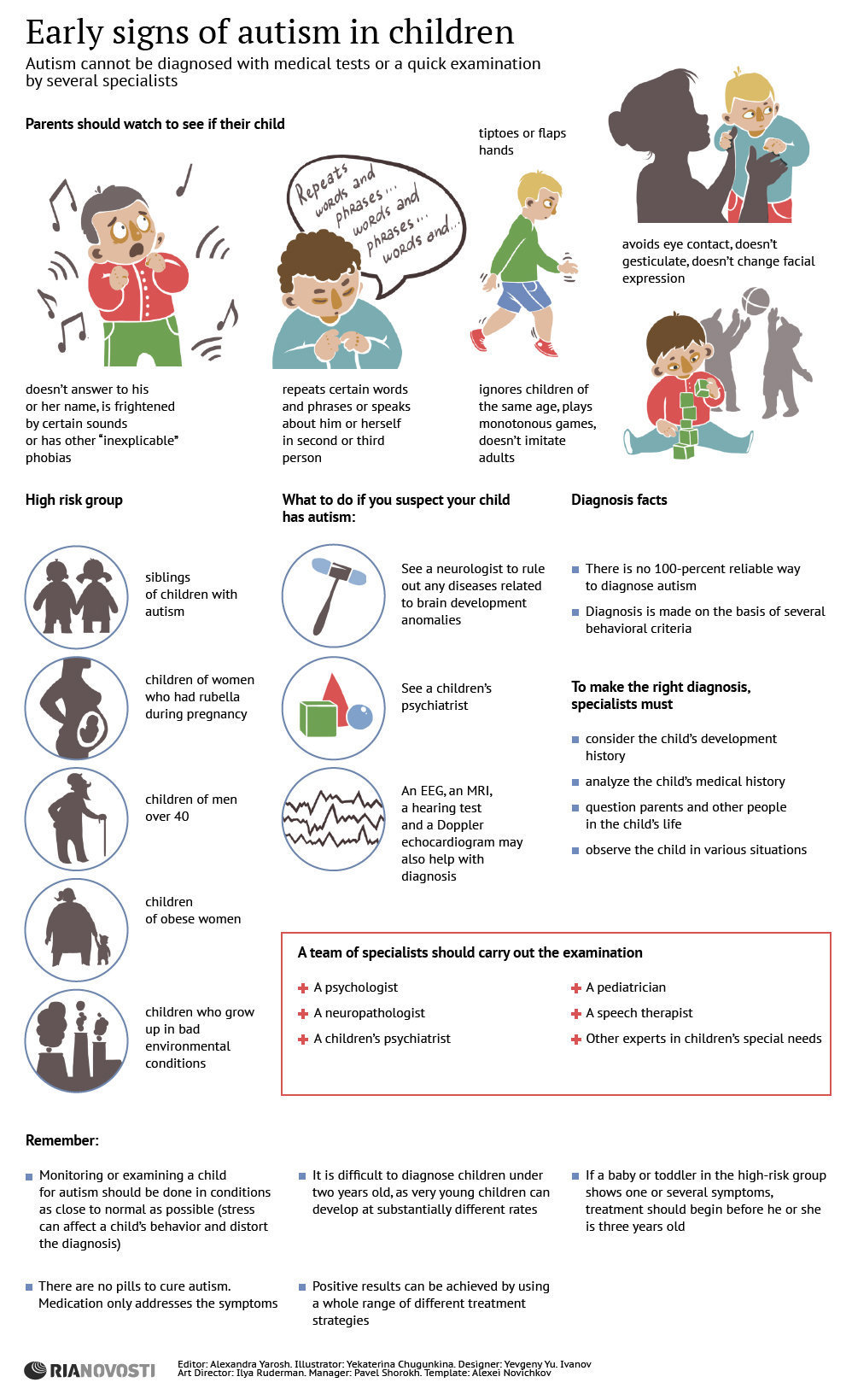Mental Health Treatment For Seniors
Mental Health Treatment For Seniors
Blog Article
Just How Do Mood Stabilizers Job?
State of mind stabilizers assist to calm locations of the mind that are impacted by bipolar affective disorder. These medications are most effective when they are taken regularly.
It might take a while to locate the right medication that works finest for you and your medical professional will monitor your condition throughout therapy. This will certainly entail normal blood tests and possibly a change in your prescription.
Natural chemical guideline
Natural chemicals are a team of chemicals that regulate one another in healthy individuals. When levels end up being out of balance, this can bring about state of mind problems like clinical depression, anxiety and mania. State of mind stabilizers help to stop these episodes by aiding control the balance of these chemicals in the brain. They likewise might be made use of along with antidepressants to boost their effectiveness.
Medications that work as mood stabilizers include lithium, anticonvulsants and antipsychotics. Lithium is possibly the most well known of these medicines and works by impacting the circulation of sodium with nerve and muscle mass cells. It is usually utilized to deal with bipolar illness, yet it can additionally be practical in dealing with various other state of mind problems. Anticonvulsants such as valproate, lamotrigine and carbamazepine are additionally reliable state of mind maintaining drugs.
It can spend some time to locate the appropriate sort of drug and dose for each and every individual. It is essential to deal with your physician and engage in an open dialogue about how the medication is working for you. This can be particularly valuable if you're experiencing any type of adverse effects.
Ion channel modulation
Ion channels are a major target of mood stabilizers and numerous other medications. It is now well established that they are dynamic entities that can be modulated by a range of outside stimuli. Additionally, the modulation of these channels can have a range of temporal effects. At one extreme, changes in gating characteristics might be rapid and rapid, as in the nicotinic acetylcholine receptor/channel system. At the various other end of the range, covalent adjustment by protein phosphorylation may result in changes in network feature that last longer.
The field of ion network inflection is going into a period of maturity. Current researches have actually demonstrated that transcranial focused ultrasound (United States) can boost neurons by activating mechanosensitive potassium and sodium channels embedded within the cell membrane layer. This was shown by revealed channels from the two-pore domain potassium family members in Xenopus oocytes, and concentrated United States considerably modulated the current moving with these channels at a holding voltage of -70 mV (best panel, relative result). The outcomes follow previous monitorings revealing that antidepressants affecting Kv channels regulate glia-neuron communications to contrary depressive-like habits.
Neuroprotection
Mood stabilizers, like lithium, valproic acid (VPA), and carbamazepine, are important in the treatment of bipolar illness, which is defined by persistent episodes of mania and anxiety. These drugs have neuroprotective and anti-apoptotic properties that aid to stop mobile damage, and they also improve cellular strength and plasticity in inefficient synapses and neural therapy for anxiety and depression circuitry.
These safety activities of mood stabilizers might be mediated by their inhibition of GSK-3, inositol signaling, and HDAC task. Moreover, long-term lithium therapy secures against glutamate excitotoxicity in cultured nerve cells-- a design for neurodegenerative disorders.
Researches of the molecular and cellular results of mood stabilizers have revealed that these medications have a variety of intracellular targets, consisting of multiple kinases and receptors, along with epigenetic modifications. Refresher course is needed to establish if state of mind stabilizers have neurotrophic/neuroprotective actions that are cell kind or circuitry details, and exactly how these effects might complement the rapid-acting healing reaction of these representatives. This will aid to establish brand-new, quicker acting, more reliable treatments for psychological illnesses.
Intracellular signaling
Cell signaling is the procedure by which cells connect with their atmosphere and various other cells. It includes a series of steps in which ligands connect with membrane-associated receptors and result in activation of intracellular paths that control crucial downstream cellular features.
Mood stabilizers act upon intracellular signaling through the activation of serine-threonine healthy protein kinases, causing the phosphorylation of substrate proteins. This turns on signaling cascades, bring about modifications in gene expression and mobile function.
Several state of mind stabilizers (including lithium, valproate and lamotrigine) target intracellular signaling paths by inhibiting particular phosphatases or turning on particular kinases. These results cause a reduction in the activity of these pathways, which leads to a decrease in the synthesis of certain chemicals that can influence the brain and result in signs and symptoms of clinical depression or mania.
Some mood stabilizers likewise function by enhancing the task of the repressive natural chemical gamma-aminobutryic acid (GABA). This enhances the GABAergic transmission in the mind and reduces neural activity, consequently producing a soothing result.